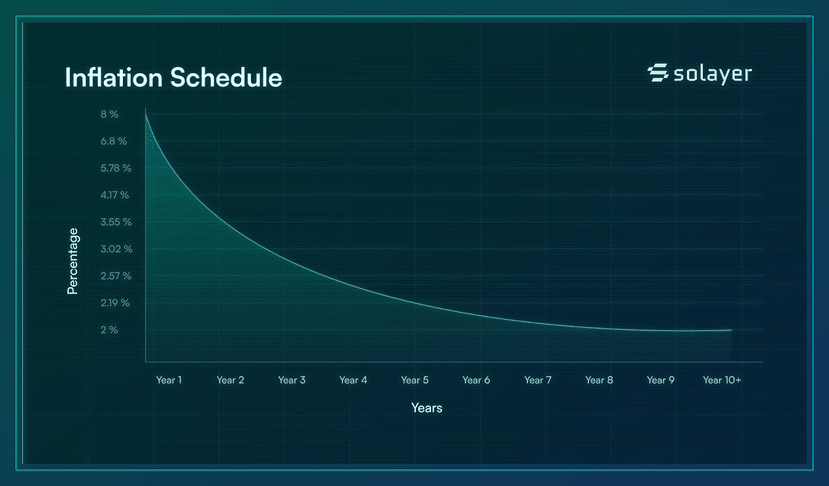The dividend period of Solayer is very suitable for 'rapid trial and error, rapid closure'. If you are trading/clearing on Solana, dealing with stablecoins/lending, or if you are a node/infrastructure team, the following three routes can be directly implemented by you guys.
Route One: Re-initiate LST and maximize stacking rewards. Do you have SOL, mSOL, JitoSOL, bSOL, INF? Don't let them sit idle. Restake these assets to Solayer to provide security for cross-chain bridges, oracles, automated services, and other AVS. Typically, you can layer incentives on top of the original staking rewards. 'While securing Solana, also contribute to the ecology' is very friendly for idle funds. The official and trading platform channels have clarified support for assets and the 'Stacked Rewards' play, which is straightforward, measurable, and suitable for a small experiment over 2-4 weeks to observe real APR and task completion rates.

Route Two: Use sUSD as the default settlement asset to effortlessly turn fees into profits. sUSD is an interest-bearing stablecoin on Solana, pegged to 1 USD, generating approximately 4%-5% annualized returns through T-bills, with profits automatically distributed via balance increases. For DEX, lending, payment, clearing, and other protocols, setting sUSD as the default asset for settlement and collateral can directly enhance 'underlying returns of the liquidity pool', and users won’t have to do anything: it grows just by sitting in their wallets. For teams doing scenario payments, sUSD can also reduce the friction of 'having to move money again after settlement to earn interest', improving fund retention. In practice, launch sUSD in a small-scale pool first, observe the duration of fund residency and exchange depth over two weeks, then decide whether to increase weight.
Route Three: Migrate high-concurrency transactions to an L2 execution cluster to reduce 'spike frame drops'. If your contracts experience concentrated matchmaking, intensive liquidation, or large amounts of state writing during 'peak periods', you can offload this load to InfiniSVM's multi-execution cluster, allowing different clusters to specialize, reducing delays caused by each other — this effectively shifts the 'unstable throughput' issue from the business layer to the infrastructure layer. On the network side, use RDMA/SDN to enhance bandwidth and reduce latency; on the execution side, implement speculative execution and fine-grained scheduling, which will significantly decrease the overall 'stuttering sensation'. The recommended launch method is 'gradual' — first migrate 10%-20% of critical paths to a particular execution cluster, observe P50/P99 latency, failure rates, and gas costs over a week, then decide whether to fully migrate.
How should we approach the token aspect? At the beginning of 2025, the project team announced that LAYER would collaborate with the foundation, with the standard being SPL-2020. It starts with governance and ecological acceleration, and the external expectations are for a significant TGE/airdrop event. What does this mean for the project team? Simply put, the pathway of 'contributing → receiving governance and incentives' is clearer, especially for infrastructure and developer ecology. If you want to be long-term bound to Solayer, you should layout this line as early as possible (but don't go all-in, participate reasonably). (You can refer to some mainstream media reports for information on tokens and the foundation.)
A final reminder for everyone ⏰ Brothers: The returns from sUSD come from T-bills, which theoretically carry lower risks, but you still need to monitor custody, auditing, redemption, and the discounts in extreme market conditions; avoid 'sacrificing core security budgets in pursuit of high APR' when restaking; and don’t underestimate the operational and monitoring complexities that multiple executions bring. A simple and effective checklist is: 1) Small amounts in batches, indicators first; 2) Write security and returns as governance parameters; 3) Regularly review the difference between 'real returns and risks' to decide whether to expand exposure.
@Solayer #BuiltonSolayer $LAYER